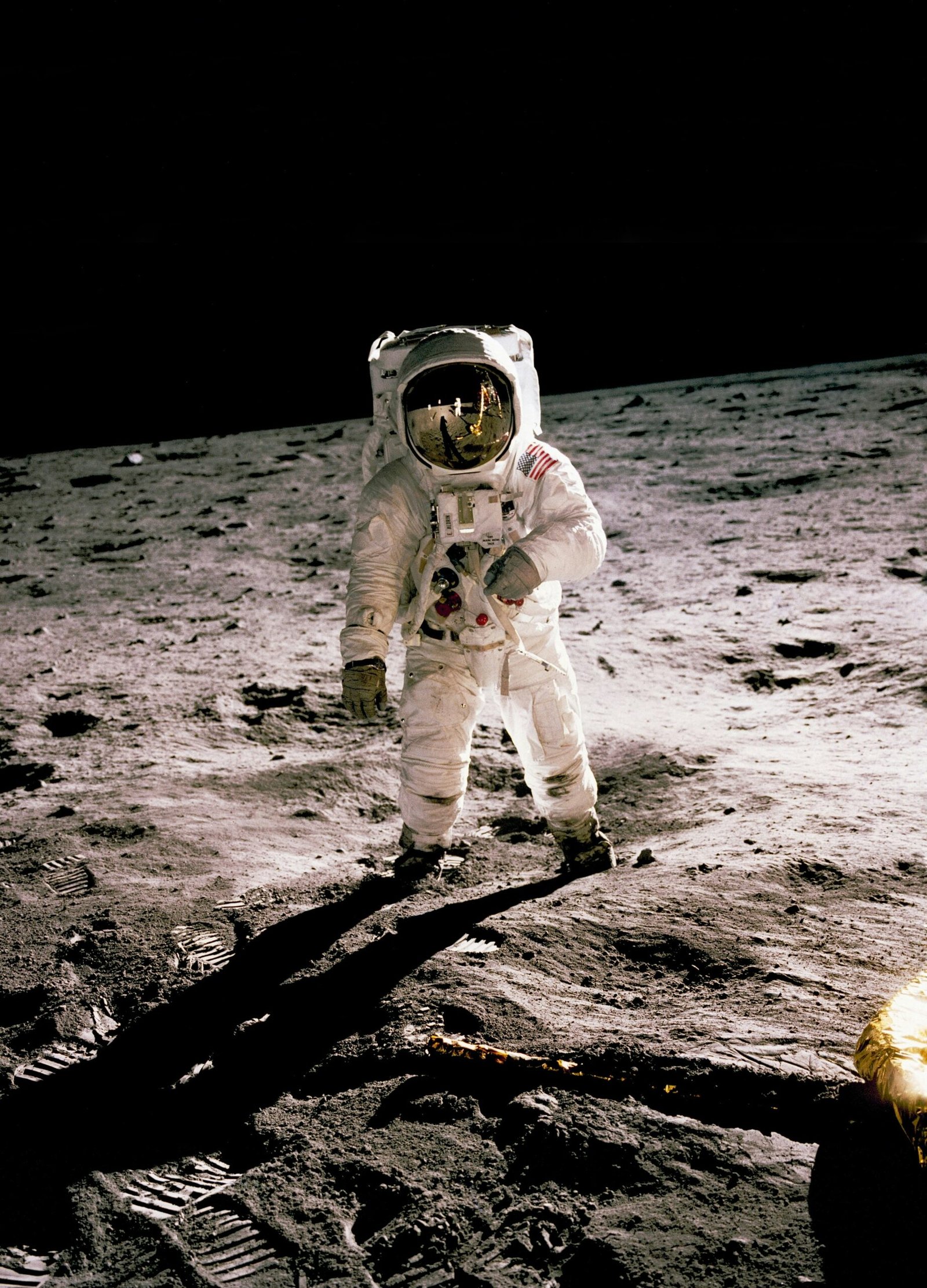
NASA: Staying Ahead in Space Exploration and Scientific Discovery
NASA’s Strategy: Keeping the Mission Relevant
When it comes to space exploration and scientific discovery, NASA is the name that comes to mind for most people. With a rich history and an impressive track record, NASA has managed to stay at the forefront of space missions and research. One of the key factors behind NASA’s success is its ability to adapt and evolve its strategy to keep the mission relevant. In this blog post, we will explore some of the ways in which NASA has managed to stay ahead of the curve and continue to make groundbreaking discoveries.
1. Embracing Innovation
In order to stay relevant, it is crucial to embrace innovation and keep up with the latest technological advancements. NASA understands this better than anyone else and has always been at the forefront of technological innovation. From the early days of the Apollo missions to the current Mars exploration program, NASA has consistently pushed the boundaries of what is possible.
One example of NASA’s innovative approach is the use of rovers to explore the surface of Mars. The Curiosity rover, for instance, has been instrumental in gathering data and providing valuable insights about the Red Planet. By leveraging cutting-edge technology, NASA has been able to explore new frontiers and expand our understanding of the universe.
2. Collaborating with Partners
NASA recognizes that collaboration is key to success in the field of space exploration. Over the years, NASA has formed partnerships with various organizations, both within the United States and internationally. By pooling resources and expertise, these collaborations have allowed NASA to undertake ambitious missions that would have been otherwise impossible.
One notable example is the International Space Station (ISS), a joint project between NASA and several international partners. The ISS serves as a research laboratory and a platform for international cooperation in space exploration. By working together with other countries, NASA has been able to share the costs and risks associated with space missions while also benefiting from the expertise and contributions of its partners.
3. Engaging the Public
Another aspect of NASA’s strategy to stay relevant is its commitment to engaging the public and inspiring the next generation of scientists and explorers. NASA understands the importance of public support and has made significant efforts to communicate its mission and discoveries to the general public.
Through various outreach programs, educational initiatives, and public events, NASA has managed to capture the imagination of people around the world. From live broadcasts of space missions to interactive exhibits at museums, NASA has made space exploration accessible and exciting for everyone.
One of the most successful public engagement initiatives by NASA is the social media presence. With millions of followers on platforms like Twitter and Instagram, NASA has been able to reach a wide audience and share captivating images and updates from its missions. By leveraging the power of social media, NASA has successfully created a sense of awe and wonder about the universe and its exploration.
Conclusion
NASA’s strategy of staying relevant in the field of space exploration is a testament to its ability to adapt and evolve. By embracing innovation, collaborating with partners, and engaging the public, NASA has managed to maintain its position as a leader in scientific discovery and space missions.
As we look towards the future, NASA’s strategy serves as an inspiration for other organizations and individuals who aspire to make a lasting impact in their respective fields. By staying true to its mission and constantly pushing the boundaries of what is possible, NASA continues to inspire and captivate the world with its remarkable achievements.